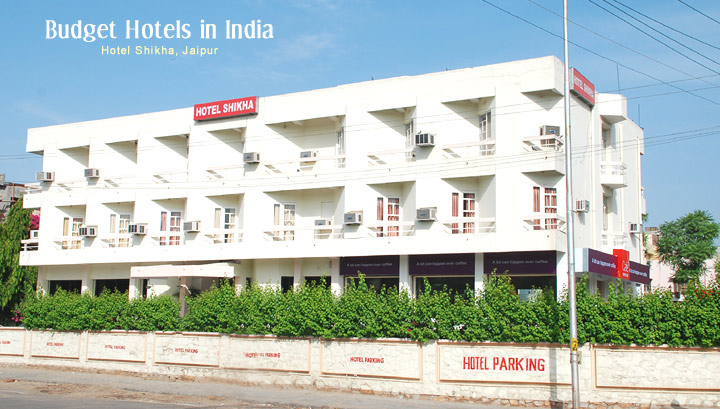 India’s luxury hotel scene, usually known for its over-the-top indulgences and five-star product, is taking a back seat to budget and economy hotels. According to?Hospitality Biz India, Indian hotels recorded a 5.2 percent fall in RevPAR in 2012-13, as compared with the previous year, with the five-star segment reporting the steepest decline. “Conversely, budget and economy hotels registered the highest RevPAR growth at 10.4 percent on the back of a 14.7 percent rise in average rate,” the article writes.
India’s luxury hotel scene, usually known for its over-the-top indulgences and five-star product, is taking a back seat to budget and economy hotels. According to?Hospitality Biz India, Indian hotels recorded a 5.2 percent fall in RevPAR in 2012-13, as compared with the previous year, with the five-star segment reporting the steepest decline. “Conversely, budget and economy hotels registered the highest RevPAR growth at 10.4 percent on the back of a 14.7 percent rise in average rate,” the article writes.
The figures, taken from HVS India’s annual The Trends & Opportunities Report, show that there is a strong relationship between supply and demand increases. Cities, like Pune and Ahmedabad previously received a lot of bad press because of the over construction, and were pronounced presumably dead. However, they saw a CAGR demand increase of 37.5 percent and 30.1 percent respectively.
Fifty-five percent of branded hotels had an average rate below $100 in 2012/13. “Five percent of our hotels attained an average rate of over $200 and no city hotels in the country attained an average rate in excess of $300,” according to the article. What this shows is two things: the first is that Indian hotels are not expensive compared to other international markets. The second is that companies have become price-sensitive and it has become difficult to increase rates.
Noida is showing the highest increase in supply over the past year, with a 58.6 percent increase over the previous year. “This is primarily owing to a larger number of hotels reporting their data for 2012/13, the highest since we have been tracking this market separately,” the article reports. “Mumbai maintained its top position with the highest existing supply of branded rooms in the country, followed closely by Delhi (excluding Gurgaon, Noida and Greater Noida) and Bengaluru, whereas Noida (including Greater Noida) continued to rank last among the major markets with an existing base of only 836 branded rooms.”

